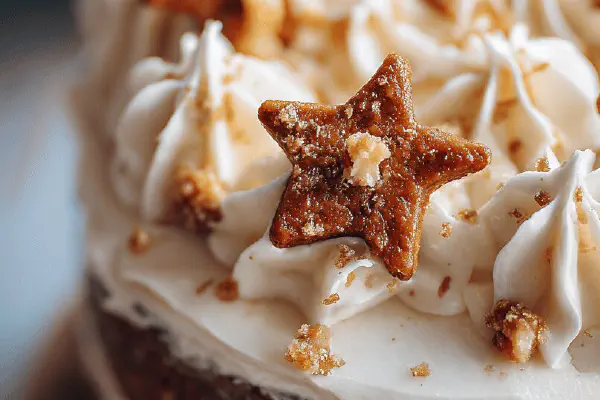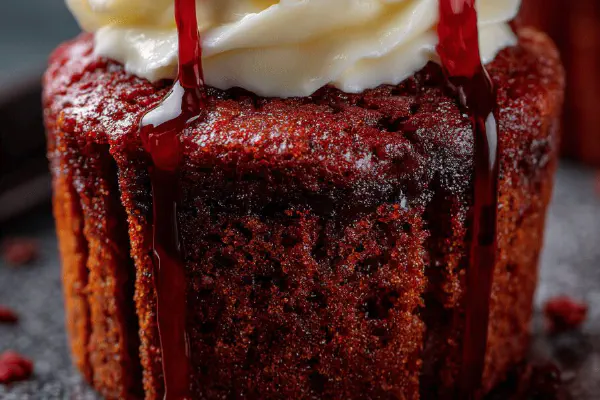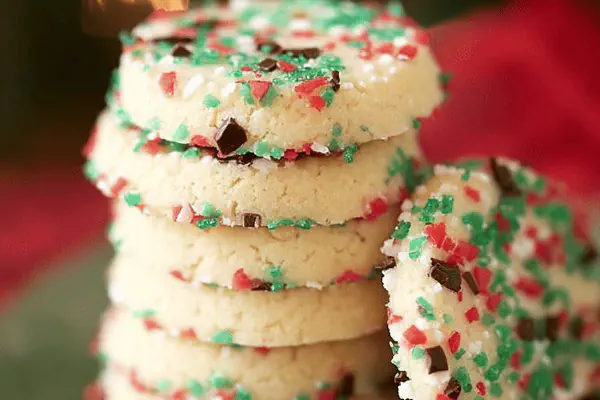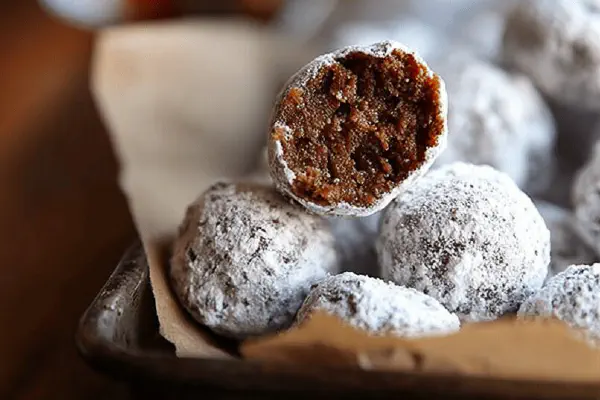Featured Recipe
Vanilla Pudding Cupcakes

By Kate
"
Fluffy cupcakes made with boxed cake mix boosted by instant vanilla pudding for moisture. Eggs, oil, milk, and sour cream build richness and tender crumb. Baked in standard liners, these bake until tops bounce back, not just 20 minutes on the clock. Buttercream whipped with powdered sugar and real vanilla, light but holds its shape. Sprinkle tops for color and crunch. Simple swaps for dairy, pantry staples. Signs to watch for doneness, tips to rescue dry cakes or dense frosting. Reliable method for day-to-day baking when time is tight but quality non-negotiable.
"
Prep:
25 min
Cook:
18 min
Total:
43 min
Serves:
24 servings
cupcakes
desserts
baking
vanilla
frosting
Introduction
Moist vanilla cupcakes? It’s about layering flavors and textures. Boxed cake mix gets a boost from instant vanilla pudding for added moisture and density without sogginess. Eggs, oil, milk, sour cream—each has a purpose in crumb and richness balance. Skip sour cream or swap for Greek yogurt if needed; it’ll keep the cupcake tender and tangy. Watch batter texture; too runny? Add a tablespoon flour or dry pudding. The bake time isn’t just a timer recommendation—learn the feel. Cupcake tops firm but springy prevent dry outcomes. Frosting calls for patience—soften butter before mixing, or you’re fighting lumps. Whipping adds air, making frosting light and pipeable, but watch sugar quantities if you dislike overly sweet finishes. Sprinkles add fun, texture; skip or replace with chopped nuts for crunch. This is reliable, adaptable baking that respects your time. At the end, you’ll know how to rescue batter, spot doneness, and perfect frosting consistency without guessing.
Ingredients
About the ingredients
Boxed cake mix is a great shortcut—use yellow or white, avoid chocolate here to keep it clean vanilla. Vanilla pudding mix is essential for moisture; if unavailable, substitute with one extra egg and replace milk with buttermilk for similar tang and texture. Whole milk adds fat and tenderness, but low-fat milk works if needed. Oil quantity reduced to prevent greasy crumb, replaced partly by sour cream which adds moisture and slight tanginess. Eggs contribute structure and richness; fewer eggs deliver a more tender crumb, but too few leads to dense results. Butter in frosting should be room temperature to prevent lumps but not melted, which makes frosting too loose. Powdered sugar brands vary in fineness; sift if you want ultra-smooth frosting. Vanilla extract quality matters—pure extract gives cleaner flavor than imitation. Sprinkles? Use as garnish only—not flavor, but visual appeal and crunch.
Method
Technique Tips
Dry and wet mixes combined separately ensure even distribution of leavening agents and pudding. Folding wet into dry prevents gluten development—overmixing leads to tough cupcakes, a common mistake when rushing. Dividing batter evenly ensures uniform baking; a scoop or measuring cup helps consistency. Tapping cupcake tray releases trapped air bubbles—failing this can cause holes or uneven crumb. Baking time varies; start checking at 18 minutes, probe with toothpick. If it comes out sticky with batter, keep baking; but if just moist crumbs, stop. Cooling is crucial; cupcakes are fragile when warm—moving too soon spells tearing or sinking. Buttercream requires chilled butter softened just right. Whipping aerates frosting, changing texture and color; don’t skip the whip step or you’ll get dense frosting. Adjust thickness with milk or powdered sugar gradually to avoid pitfalls. Decorate after complete cooling to prevent melting or sliding frosting. Leftovers? Store in airtight containers; frost—do not refrigerate unless climate is hot, to prevent sweating.
Chef's Notes
- 💡 Watch batter texture closely; runny? Add tablespoon flour; thick? Thin with a splash of milk. Adjust ingredients carefully, balance moisture.
- 💡 Eggs provide structure but reduce to keep crumb tender. More eggs bring density. Less—check results; might need tweaks for fluffiness.
- 💡 Mix dry and wet well but don't overwork—gluten development leads to toughness. Key to lightness, focus on folding. Less is more.
- 💡 Cool cupcakes well; warm ones bruise. Move gently to racks, prevent sinking. Air—crucial for structure. Keep an eye on that.
- 💡 Frosting needs room temperature butter. Get it right or lumps form. Whip until airy, add sugar gradually to taste. Texture counts.
Kitchen Wisdom
Can I use a different cake mix?
Sure, swap for white mix if needed. Note texture might alter, still tasty though. Consider milk changes.
What if my cupcakes are dry?
Add liquid back, maybe a dash of milk in batter. Or next time, check doneness earlier; learn the feel.
How to store these?
Keep covered at room temp, if not hot. You can freeze unfrosted. Decorate later. Don't refrigerate if not necessary.
Can I skip sour cream?
Use Greek yogurt instead; similar tangy effect, maintain moisture. Experiment with replacements but watch batter consistency.



